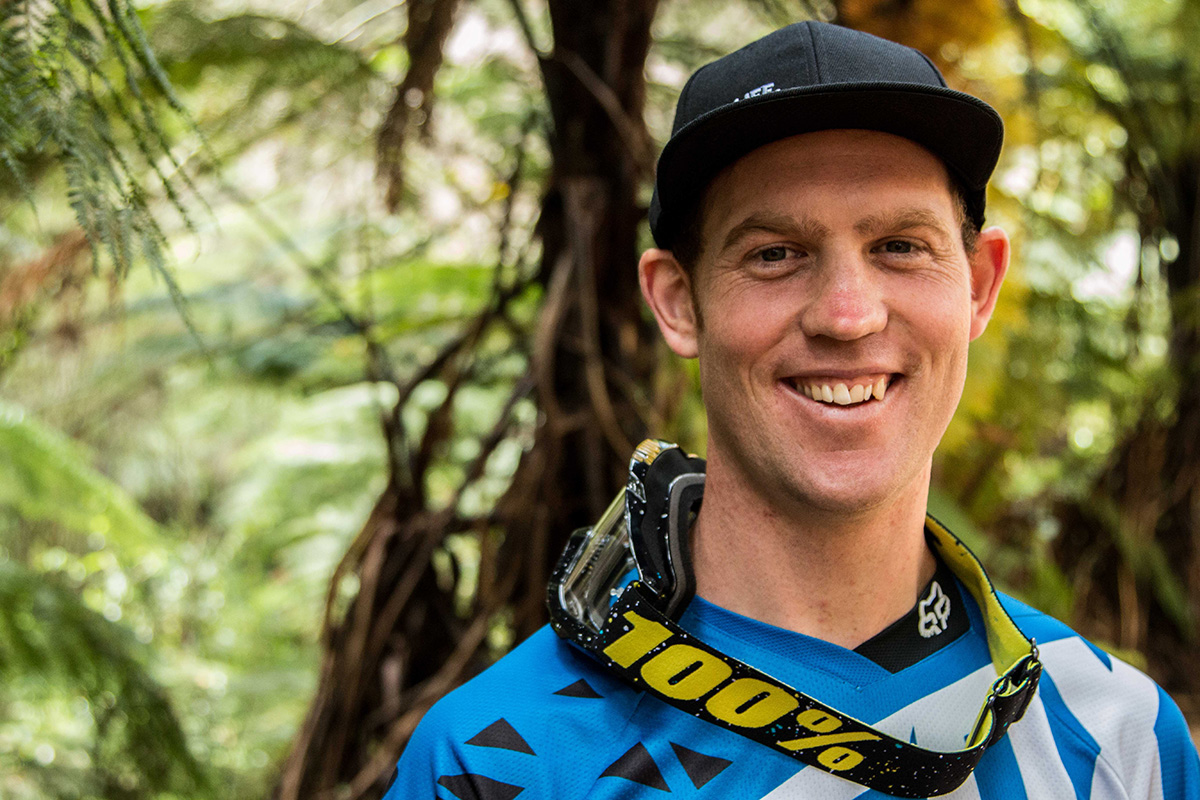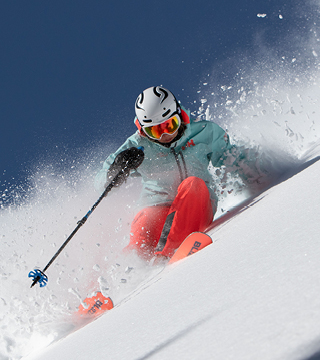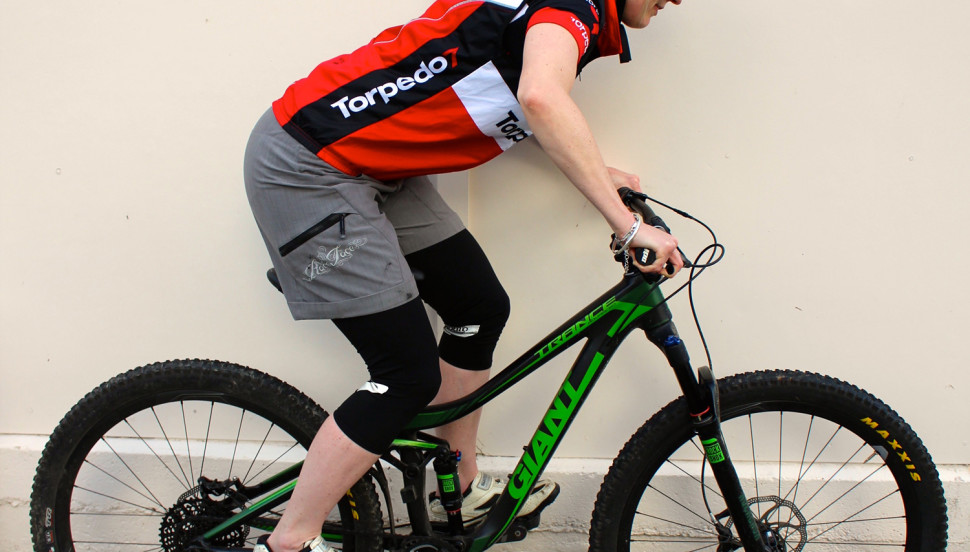
Giant NZ Gravity Team member Cameron Cole
We’re stoked to be featuring a series of bike setup tips and advice from professional downhill racer and former Junior UCI Downhill Mountain Bike World Championship winner Cam Cole. With multiple World Cup podiums to his name along with New Zealand Downhill National Championship titles and two Oceania Downhill Championship titles, we’re excited to tap into this wealth of knowledge and bring you the understanding needed to get the most out of your bike on the trail. Part 3 of 3 covers Dynamic Balance and finding a strong place from which to attack the trail from. To read Part 1 on setting your rear suspension click here, and for Part 2 of 3 on fork and cockpit setup click here.
Dynamic Balance
One of the most influential components of your bike set up is dynamic balance. Dynamic balance is the weight distribution of your body weight through the bike when moving. To put this even more simply the weight on each tyre while riding the bike. A good distribution of weight over the wheels will add stability and predictability to your bike. Ideally the aim is to help the rider achieve roughly 50/50 weight distribution on each wheel to ensure that the rider can always stop or turn the bike. Variations in trail pitch make this a tricky aspect to tackle so a rider needs to be attuned to what is going on under them. The specific needs relating to control will be in their highest demand when the rider is at speed or negotiating steep or technical terrain. Rider skill will play a major part in control through sections such as these but refinements can be made through fine-tuning the balance of the bike. Having an idea of the overall steepness of trails will help you understand what you are dealing with. Vertical grade is calculated by Vertical Drop (m) / Trail length (m) = X100 = the % of the gradient.
The most dramatic way to affect the dynamic balance of your bike is through spring rate. Air spring suspension is great and makes it easy to make more dramatic adjustments quickly between laps. Work around the sag recommendations in the sag section above for a range you can work within. Low speed compression adjustments can also have an effect on dynamic balance. Some suspension models have restrictions on the range of settings they offer but most late model trail air shocks have a climb/descend (open/close) type adjustment, similar to a lock out which can be adjusted with the flick of a lever before you drop into descents or start out on climbs. This pre-set low speed compression adjustment simplifies things for consumers.
A simple way of converting the above information into something you can work with on the bike follows in an example relating to downhill suspension (similar principles apply to trail bike suspension); work within the 25-44mm sag range for your 200mm travel fork. This range can be thought of as your range of adjustment. More sag for flatter tracks and less for steep tracks. For the rear shock your range is 25-38% sag. For flatter tracks less sag in the rear and for steeper tracks more sag. Keep in mind that adjustments made to one end will have an affect on the opposite end, check the total amount of travel being used in the front and rear if possible and use that as a guide moving forward. Out side of adjusting sag you can adjust the low speed compression. For flatter tracks open the low speed on the front and/or close it on the rear. Vice versa for steeper tracks. As with any adjustments made at the track, start in small increments and begin by adjusting the front or rear only.
Main points to take away from this section
Adjusting the weight distribution over the wheels.
- Front – Bar height, crown position, fork spring rate and low speed compression
- Rear – Spring rate and low speed compression.
Main objectives in finding good balance.
- Your fork should provide sufficient support in relation to the rear shock, particularly on steeper tracks when encountering large compressions, but also help you maintain grip through the front wheel for steering and braking on all other types of bumps.
- Grip on both wheels should be consistent and predictable.






















